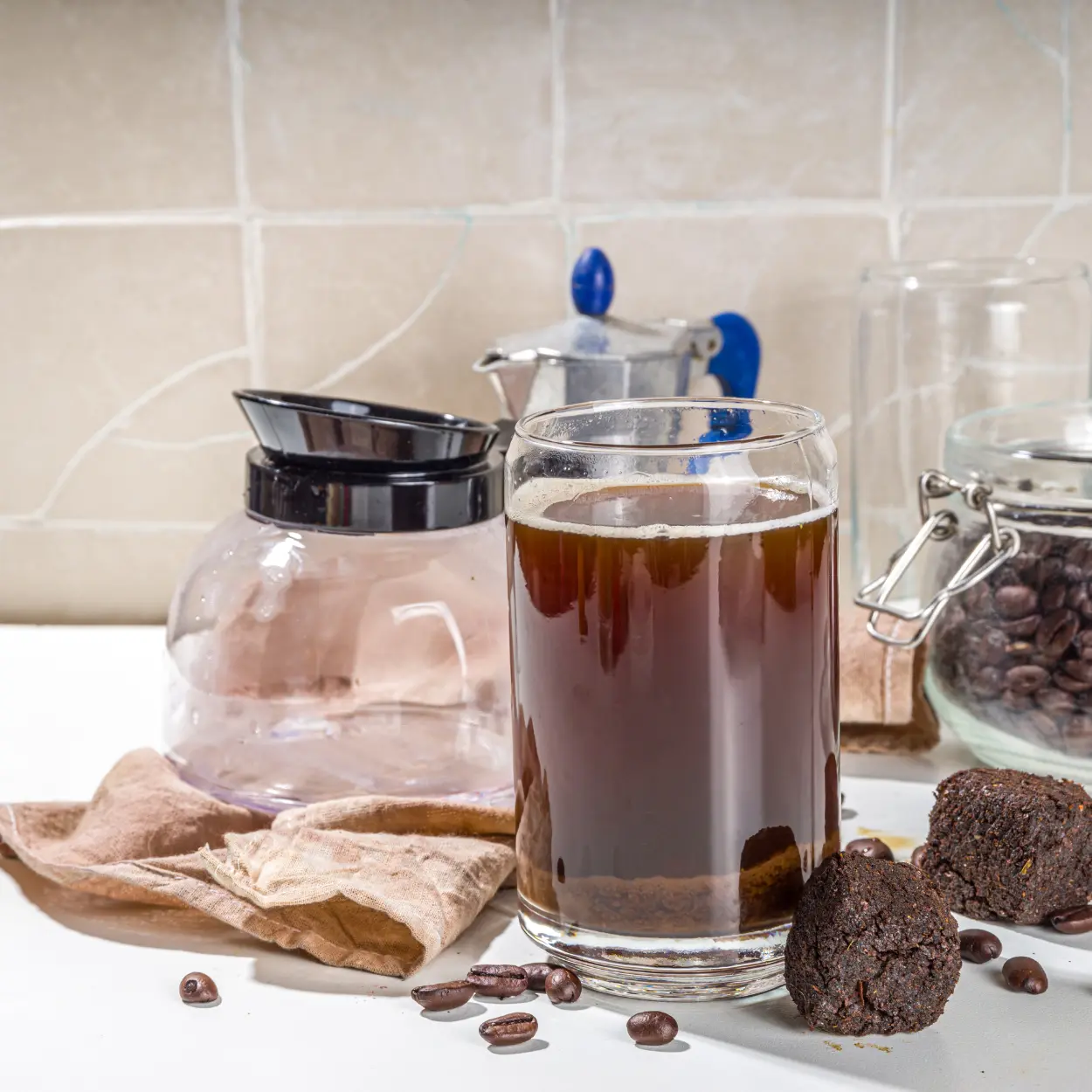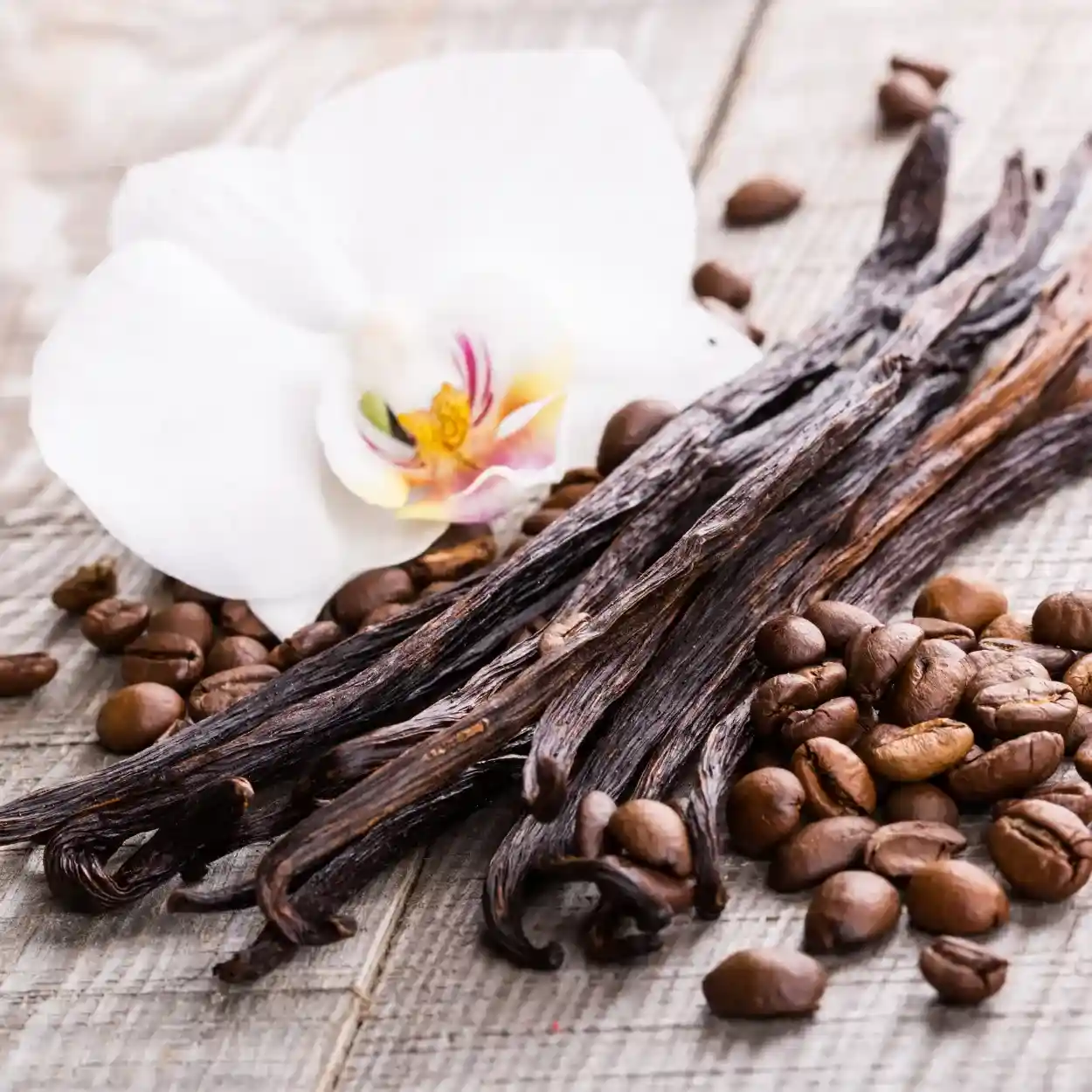A good cup of coffee is a joy to many, providing that much-needed boost of energy, a moment of relaxation, or a comforting routine to start the day. However, coffee consumption leaves behind a trail of used coffee grounds. While it might seem tempting to just wash these coffee grounds down the drain, this common habit can lead to clogged pipes and potentially significant plumbing issues. So, it begs the question, what dissolves coffee grounds?
Through this comprehensive guide, we delve into the scientific properties of coffee grounds, their interactions with everyday substances, and why they’re so resilient against dissolving. As we unravel the reasons behind their stubborn refusal to dissolve in a drain, you will gain a clearer understanding of the issues related to coffee ground disposal.
But there’s more to dealing with coffee grounds than trying to dissolve them. This guide will also offer expert tips and strategies on how to manage coffee grounds effectively. Drawing from the expertise of baristas and environmentalists, we will explore innovative and sustainable ways to repurpose your coffee waste, turning a problem into a practical solution.
From the intricacies of composting to the potential risks and remedies of used grounds in your drainage, you’ll discover not only what dissolves coffee grounds, but more importantly, how you can manage them responsibly. Whether you’re a casual coffee drinker or an avid coffee aficionado, this guide will equip you with the knowledge to tackle the daily challenge of coffee ground disposal. Let’s explore this intriguing world together!
What Dissolves Coffee Grounds? – Key Takeaway
- The Science Behind Coffee Grounds: Understanding the complex organic structure of coffee grounds is key to managing their disposal. Their inherent properties make them resistant to dissolving in common household liquids.
- The Challenge of Dissolving Coffee Grounds: The challenge lies not in finding a substance to dissolve coffee grounds but in learning how to effectively and sustainably manage this common waste product.
- The Art of Coffee Ground Management: Expert strategies such as composting and reusing grounds in creative ways can turn coffee waste into a practical solution and contribute to sustainable living.
- The Impact of Ground Disposal: Mismanagement of coffee grounds can lead to blockages in plumbing and sewage systems, and contribute to environmental pollution. Responsible disposal is essential.
- Innovation in Ground Disposal: From biofuels to beauty products, innovative approaches to coffee ground disposal hold promise for a more sustainable future, demonstrating that coffee waste can be a valuable resource.
Understanding the Composition of Coffee Grounds
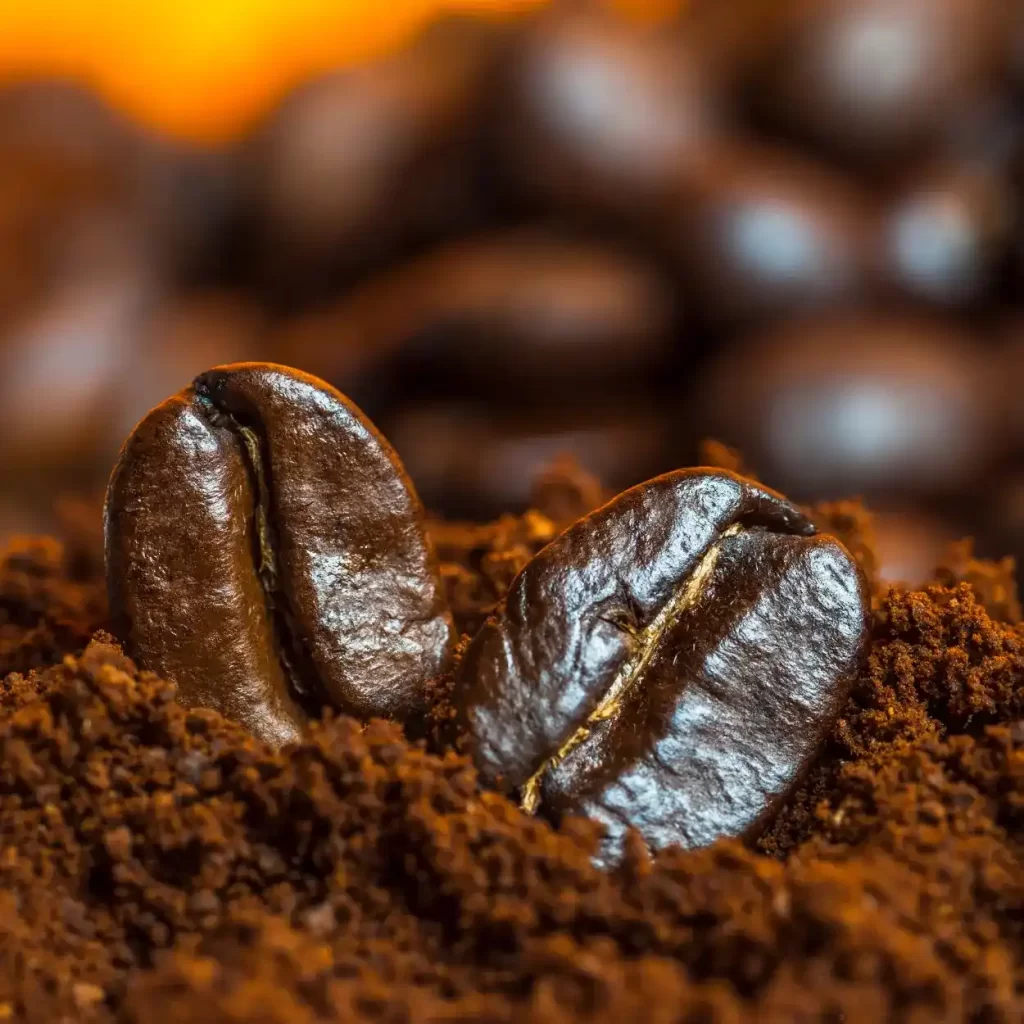
When exploring the subject of “what dissolves coffee grounds,” it is crucial to understand the basic structure and composition of these tiny particles. This knowledge forms the foundation for understanding how coffee grounds interact with different substances and why they respond in certain ways.
The Basic Structure of Coffee Grounds
Coffee grounds are the residual product left after brewing coffee. They consist of small, dense particles with high porosity, which makes them excellent at trapping water and oils. Their surface structure is rough and irregular, contributing to their insolubility in water. Furthermore, grounds are packed with various organic and inorganic compounds, which dictate their interaction with other substances.
Organic Matter and Mineral Content in Coffee Grounds
From a chemical perspective, coffee grounds are composed of about 50% organic matter, including cellulose, lignin, proteins, triglycerides, and various forms of carbohydrates. (1) This organic matrix forms the bulk of the grounds and is primarily responsible for their physical properties.
In addition, used grounds contain a significant amount of minerals. These include potassium, phosphorus, magnesium, and calcium. The mineral content in the grounds varies depending on the type of coffee bean and the roasting process. However, these minerals typically constitute less than 1% of the total weight of the grounds.
The Impact of Roasting on Coffee Ground Structure
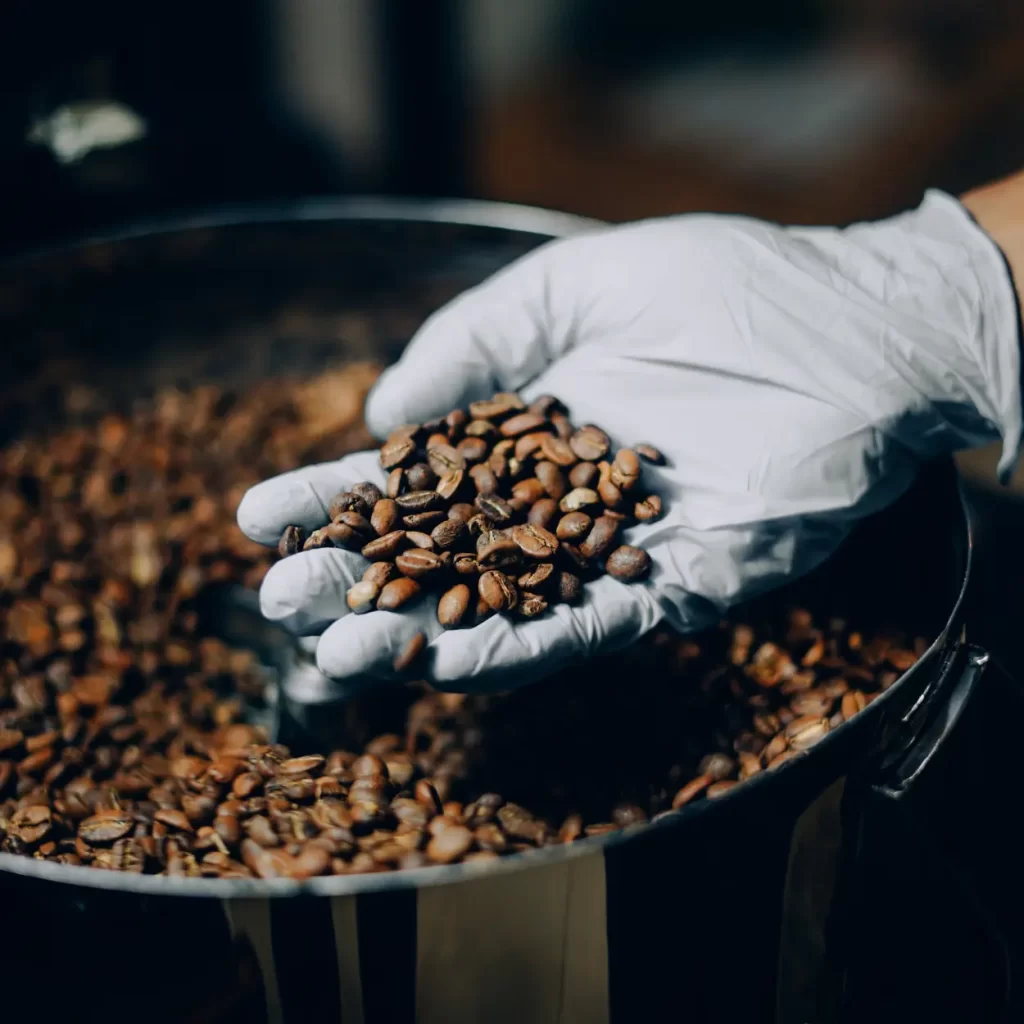
Roasting coffee beans leads to several chemical and physical changes that directly influence the structure of the resulting coffee grounds. High roasting temperatures cause the beans to expand and the cell walls to rupture, resulting in a more porous structure.
The Maillard reaction, a chemical process that occurs during roasting, results in the production of melanoidins. These compounds give coffee its brown color and contribute to the formation of insoluble complexes in the grounds. Consequently, roasting intensity significantly affects how the grounds respond to dissolving attempts.
In summary, to understand the complexities of what dissolves coffee grounds, one must grasp the grounds’ basic structure, their organic matter and mineral content, and the impact of roasting on their structure. Each of these factors plays a significant role in determining how the grounds interact with various substances.
The Physics and Chemistry of Dissolving Solids
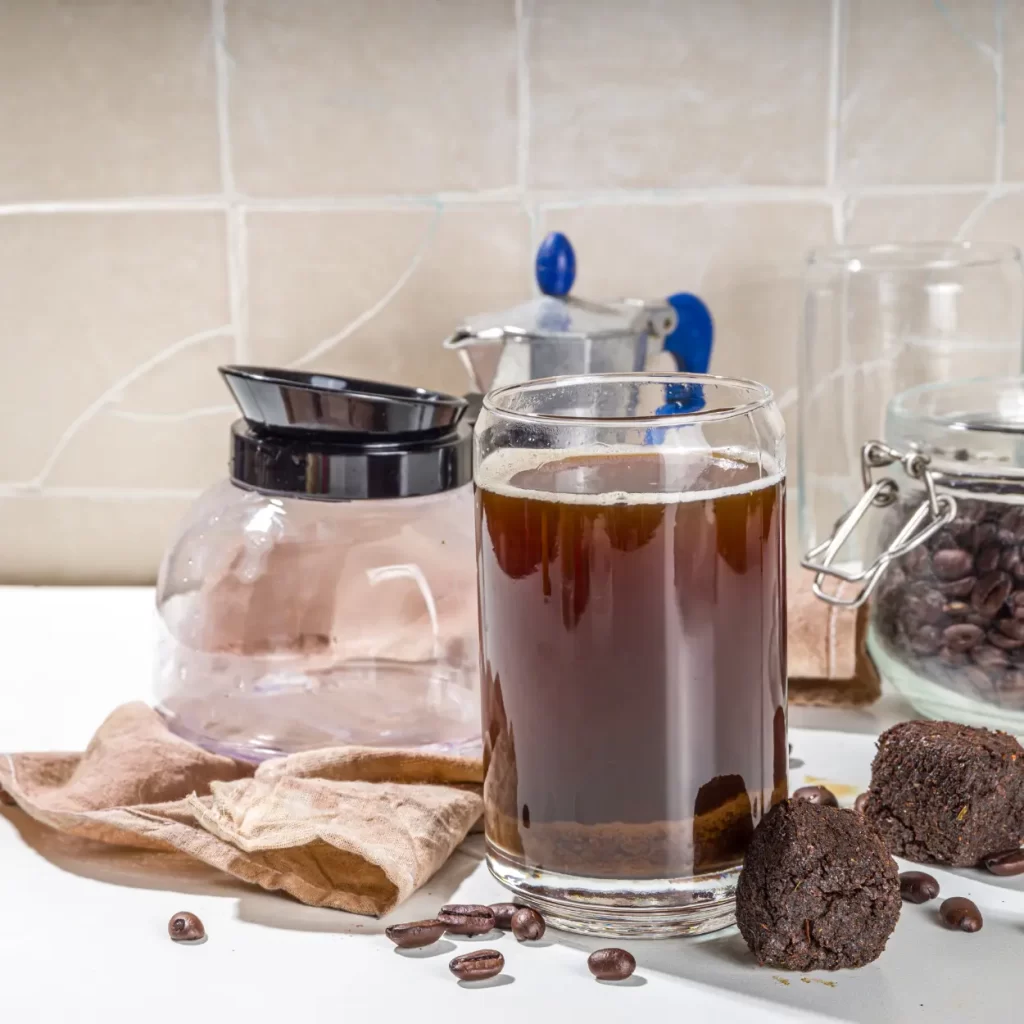
A deep understanding of the physics and chemistry of dissolving solids is essential to truly grasp the complexities surrounding the disposal and degradation of coffee grounds. Here, we examine the process of dissolution, the factors influencing it, and why some solids, like coffee grounds, resist dissolving.
The Dissolution Process: A Simple Explanation

Dissolution, in its simplest terms, is the process by which a solute (in this case, the solid) is dispersed uniformly in a solvent (typically a liquid). The solute particles separate and spread out, effectively becoming part of the solvent. This is different from mere dispersion or suspension, where solid particles are distributed throughout a liquid but remain distinct entities.
This process begins when the molecules of the solvent start to collide with the solute particles on the surface. The solvent molecules’ kinetic energy breaks down the forces holding the solute particles together, integrating the solute into the solvent.
Factors Influencing the Dissolving of Solids
Several factors influence how effectively a solid will dissolve:
- Temperature: Generally, solids dissolve faster in warmer solvents. The increased kinetic energy of the molecules allows them to more effectively break down the forces holding the solute particles together.
- Pressure: Although it has a significant effect on gases, pressure has little effect on the dissolution of solids in liquids.
- Surface Area: The greater the surface area of the solid, the more opportunities there are for the solvent to interact with the solute, accelerating the dissolution process.
- Agitation: Stirring or shaking can increase the speed of dissolution by bringing fresh solvents into contact with the solute.
- Chemical Nature: The phrase “like dissolves like” captures a fundamental principle of dissolution. Polar substances (like water) are more likely to dissolve other polar substances, while non-polar substances (like oil) will dissolve other non-polar substances. (2)
Why Certain Solids Resist Dissolving
Even with an understanding of the factors that influence dissolution, it’s essential to recognize that some solids resist dissolving. This is often because their molecular structure is robust, they possess low polarity, or they’re composed of large particles that reduce their surface area for interaction with the solvent.
In the case of coffee grounds, a combination of factors contributes to their resistance to dissolving. These include their dense, porous structure, high organic matter content, and the complex, insoluble compounds formed during the roasting process. These characteristics make dissolving the grounds in a typical household liquid quite a challenging task. Understanding these factors is crucial for anyone seeking practical and effective methods for managing the grounds.
How to Dissolve Coffee Grounds in a Drain?
While coffee grounds are resistant to dissolution due to their chemical composition and physical structure, you might wonder how everyday household products interact with them. Here, we explore how to dissolve coffee grounds in a drain by exploring the effects of vinegar, baking soda, detergents, and alkaline powder on coffee grounds.
Will Vinegar Dissolve Coffee Grounds? An Acidic Interaction
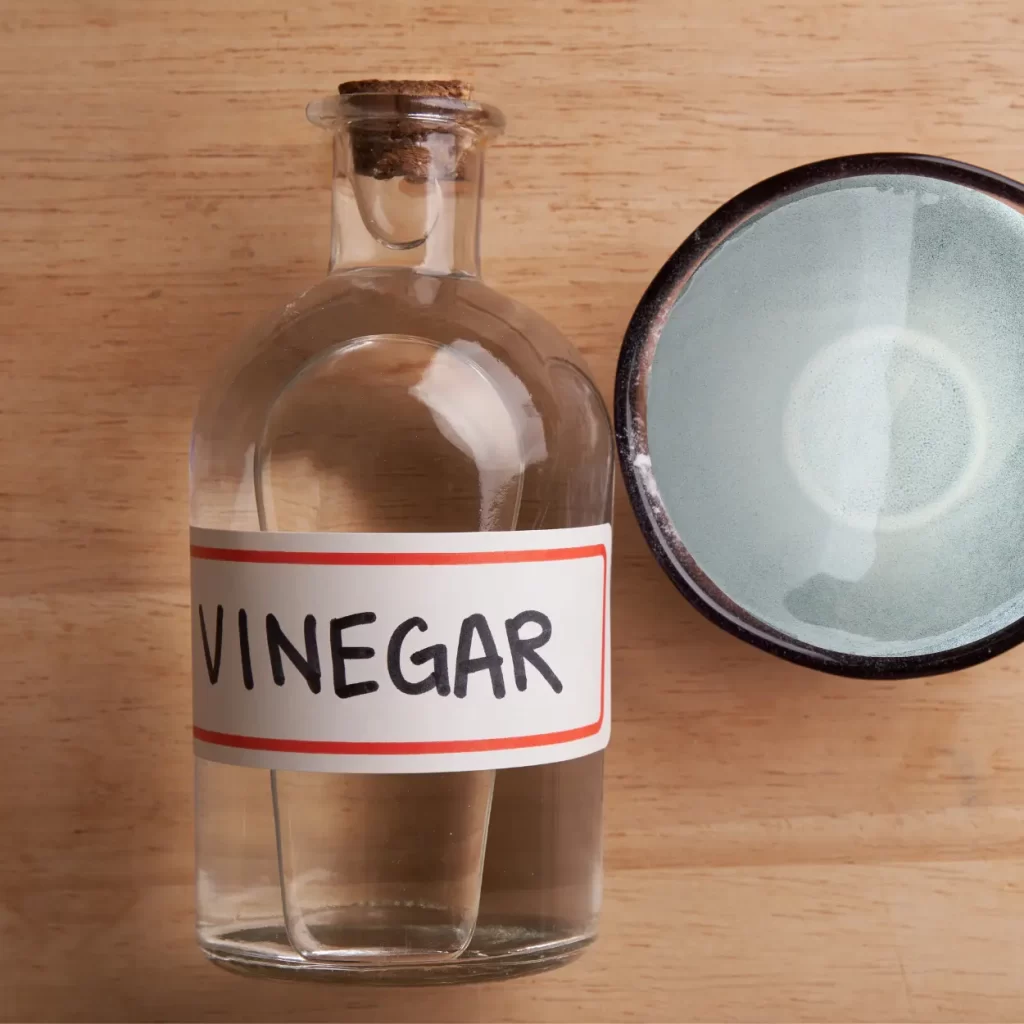
Vinegar, a common household substance known for its myriad of uses, is often considered when discussing ways to manage coffee grounds. The natural acidity of vinegar, with its potent cleaning and dissolving capabilities, makes it a seemingly promising agent for breaking down various substances. However, will vinegar dissolve coffee grounds? Let’s explore this.
The primary component of vinegar is acetic acid, a weak acid, which does have the capability to react with certain types of substances, breaking them down to some extent. However, the effectiveness of vinegar in dissolving a substance is highly dependent on the chemical composition and physical structure of that substance.
As we’ve already discussed, grounds are composed of complex organic materials, including cellulose, lignin, and proteins, along with several mineral contents. Coffee grounds have a porous structure and are resistant to dissolving due to their composition and the roasting process that forms insoluble compounds.
When vinegar is introduced to the grounds, there’s a limited reaction. The acetic acid can react with some of the minerals in the coffee grounds, primarily calcium and magnesium, causing a minor level of dissolution. However, it’s important to note that the bulk of the grounds, mainly the organic matter, is not significantly affected by vinegar.
While vinegar might minimally dissolve some components of coffee grounds, it’s not an effective solution for fully breaking down or dissolving the grounds. The resistance of the grounds to dissolution is due to their complex organic structure and the insoluble compounds formed during roasting. This explains why vinegar, despite its acidic nature, is not a suitable substance to completely dissolve coffee grounds.
Baking Soda and Coffee Grounds: A Base in Action

Baking soda, or sodium bicarbonate, is another common household item considered for coffee ground disposal. While it’s true that baking soda can neutralize acidic substances, its effectiveness on the grounds is limited. Like vinegar, baking soda can interact with some of the coffee ground’s mineral content, yet the majority of the grounds remain undissolved. Its mild abrasiveness can help dislodge stuck grounds, especially when used in conjunction with hot water, but as a dissolving agent, baking soda falls short.
| Preview | Product | |
|---|---|---|

|
Arm & Hammer Baking Soda, 1 Pound (Pack of 12) | See on Amazon |
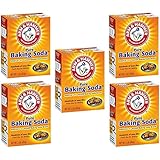
|
Arm & Hammer Pure Baking Soda 1 lb. Box (Pack of 5) | See on Amazon |
The Role of Detergents in Breaking Down Coffee Grounds
Detergents, such as those used in dishwashing liquids or drain cleaners like Drano, are designed to break down fats and oils. So, one might ask: will Drano dissolve coffee grounds, or how can detergents help dissolve coffee grounds in drains?
While detergents are effective at breaking down many substances, the grounds present a particular challenge. The cellulose and other complex organic matter in the grounds are resistant to detergents. Furthermore, drain cleaners are typically designed to react with hair and grease, not organic solids like coffee grounds.
Using detergents or drain cleaners may give temporary relief by helping to dislodge coffee grounds stuck in a drain and move them further along the pipe. However, they do not actually dissolve the grounds. Repeated use of such chemicals for coffee ground disposal may lead to bigger problems down the line as the grounds continue to accumulate in the pipes.
Alkaline Powder and Coffee Grounds: A Potential Solution?

One might speculate that if acids and bases have limited effects on coffee grounds, perhaps an alkaline solution would be more effective. Alkaline powders, such as washing soda or soda ash, are stronger bases than baking soda and are known for their cleaning and degreasing abilities.
When used on coffee grounds, alkaline powders can react with the acidic components present due to the roasting process. This interaction could potentially aid in breaking down or loosening some parts of the grounds. However, the more significant part of the grounds – the complex organic matter – is largely unaffected by the alkaline environment.
Like vinegar, baking soda, and detergents, alkaline powders can help dislodge coffee grounds and possibly move them further down in drain pipes. But, they do not offer a complete solution to the problem of dissolving coffee grounds.
In essence, although alkaline powders can interact with coffee grounds to a certain degree, they do not fully dissolve them. Their effects are limited and are not comprehensive enough to provide an effective solution to the disposal of the grounds. Therefore, proper disposal practices and potentially more specialized solutions are necessary for managing coffee ground waste.
While everyday household items may interact with coffee grounds to some extent, none provide a comprehensive solution for dissolving the grounds. Each has limited efficacy and is not designed to break down the complex organic matter that the grounds consist of. Therefore, it’s crucial to seek alternative, more effective methods of managing coffee ground waste.
- This product is highly durable
- This product adds a great value
- This product is manufactured in United states
- THRIFT is the only four-solutions-in-one product that works on drains, sewer lines, grease traps and septic systems
- THRIFT will clean out a drain line in less than 60 seconds
Other Practical Approaches for Dealing with Coffee Grounds in Drains
Given the ineffectiveness of common household items in dissolving the grounds, it’s beneficial to look into other practical methods for handling coffee grounds stuck in drains. These alternative approaches can assist in managing this common issue more directly and effectively.
Using a Plunger or Drain Snake
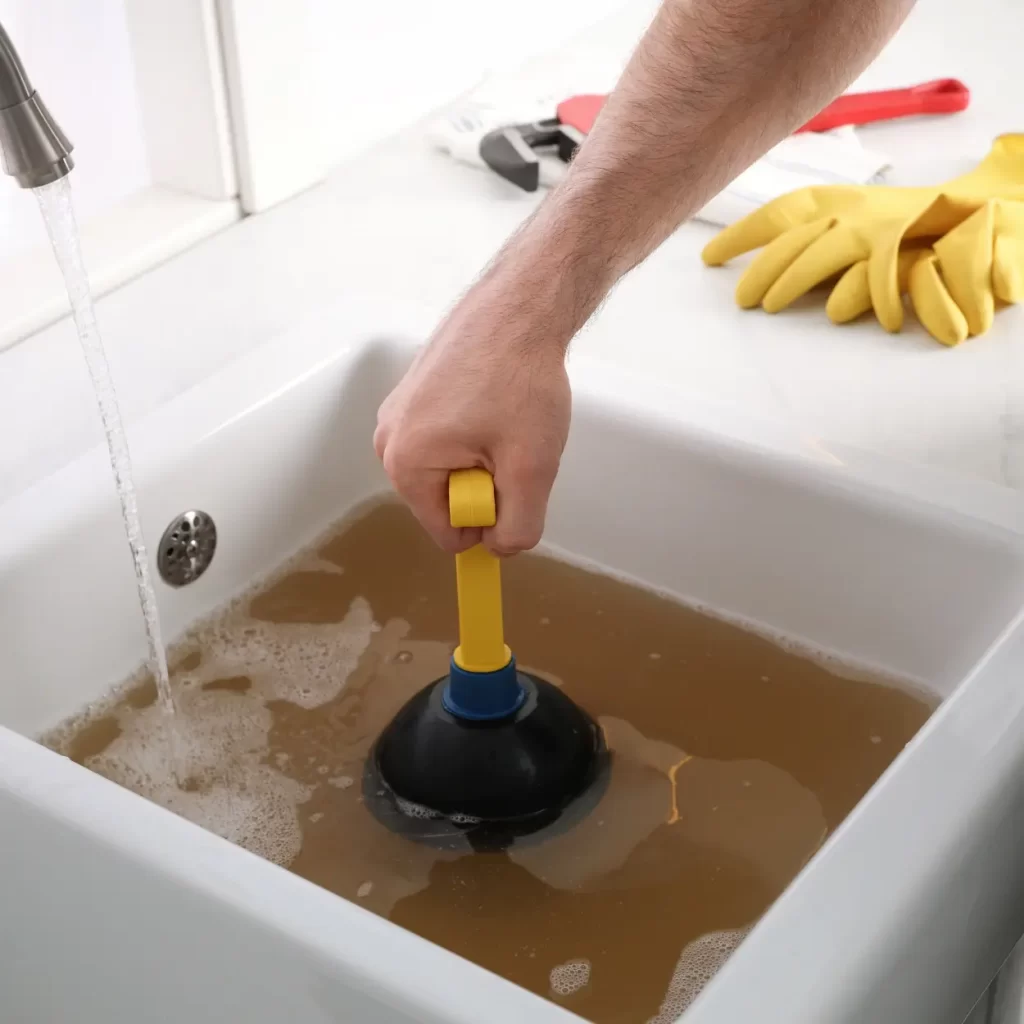
One of the most immediate and direct solutions for dislodging coffee grounds from a blocked drain is using a plunger or a drain snake. These tools can physically remove the obstruction, thereby reestablishing the flow in the drain.
- The plunger works by creating a vacuum that dislodges the grounds. It’s a simple, manual tool that can often effectively clear minor blockages.
- The drain snake is a more specialized tool that can reach deeper into the plumbing system. It’s particularly effective for more stubborn or larger blockages that a plunger might struggle with. A drain snake breaks up the clog, allowing it to pass through the drain pipe.
Disassembling the Drain Pipe
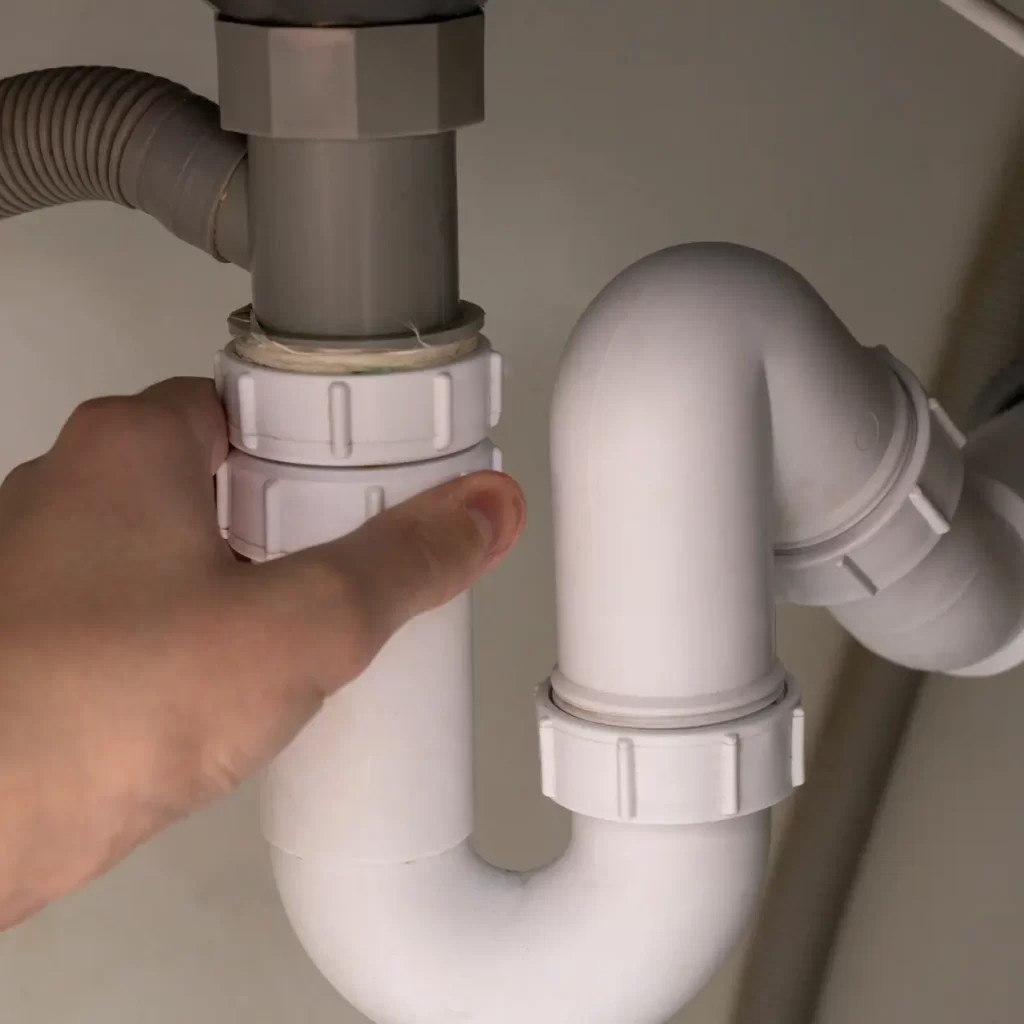
In more severe cases where the blockage persists despite the use of a plunger or drain snake, you might consider disassembling the drain pipe. This process involves physically removing the section of the pipe that contains the blockage and manually removing the grounds. This is a more labor-intensive option and requires some knowledge of plumbing. However, it can provide a surefire way to eliminate stubborn clogs.
Calling a Plumber
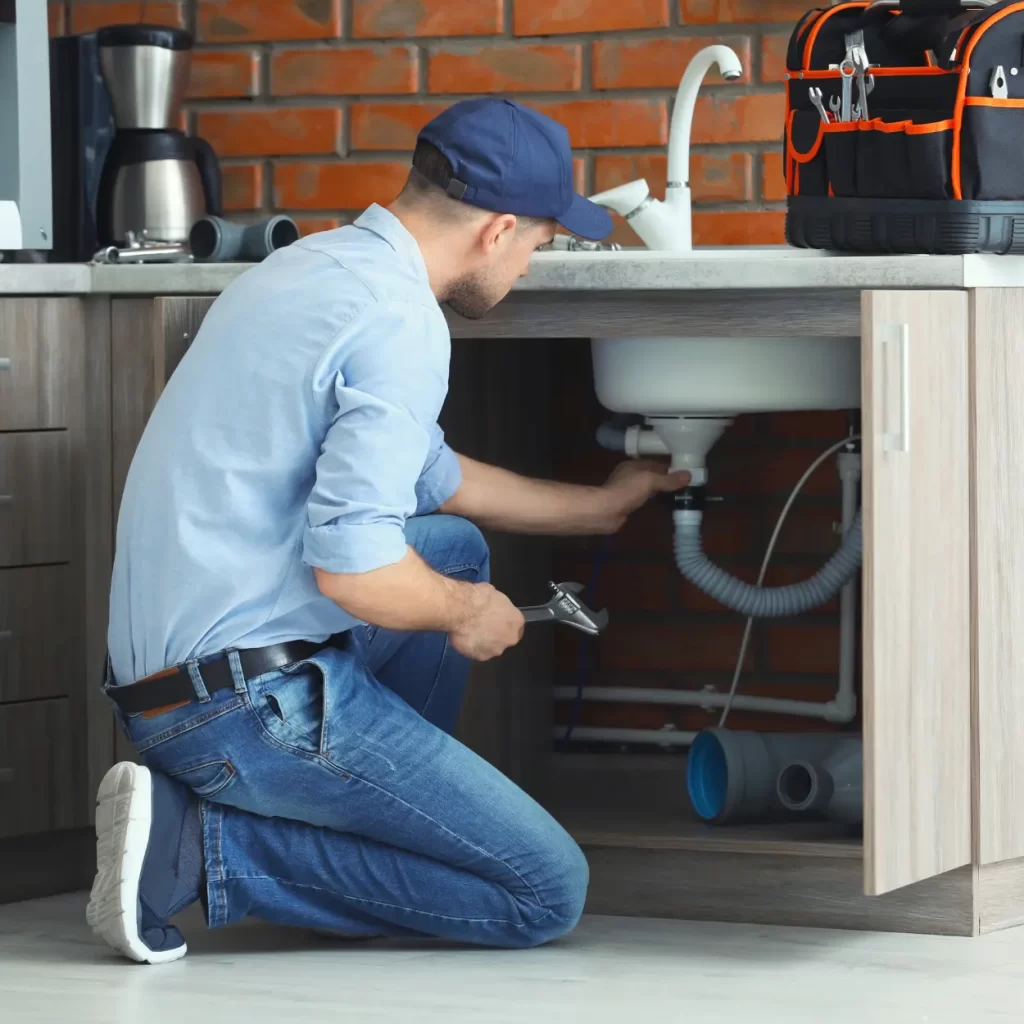
If the blockage is particularly stubborn, or if you’re uncomfortable attempting to resolve the issue yourself, calling a professional plumber can be the best course of action. Plumbers have specialized tools and knowledge to handle such situations effectively and safely. They can also provide advice on preventing future blockages and maintaining your plumbing system’s overall health.
In summary, while dissolving coffee grounds in drains may not be feasible with typical household substances, there are practical and effective solutions for handling these blockages. From using simple tools like a plunger or drain snake, to more labor-intensive options like disassembling the drain pipe or calling a professional plumber, these strategies offer practical solutions to the common issue of coffee grounds in drains.
Practical Ways to Dispose of Coffee Grounds
Despite the challenge of dissolving coffee grounds, there are several practical and sustainable methods to dispose of them. This section explores how you can turn coffee waste into an environmental asset, or repurpose them around the house, along with the potential risks and remedies of disposing of the grounds in your drainage system.
Coffee Grounds in Composting: A Green Solution
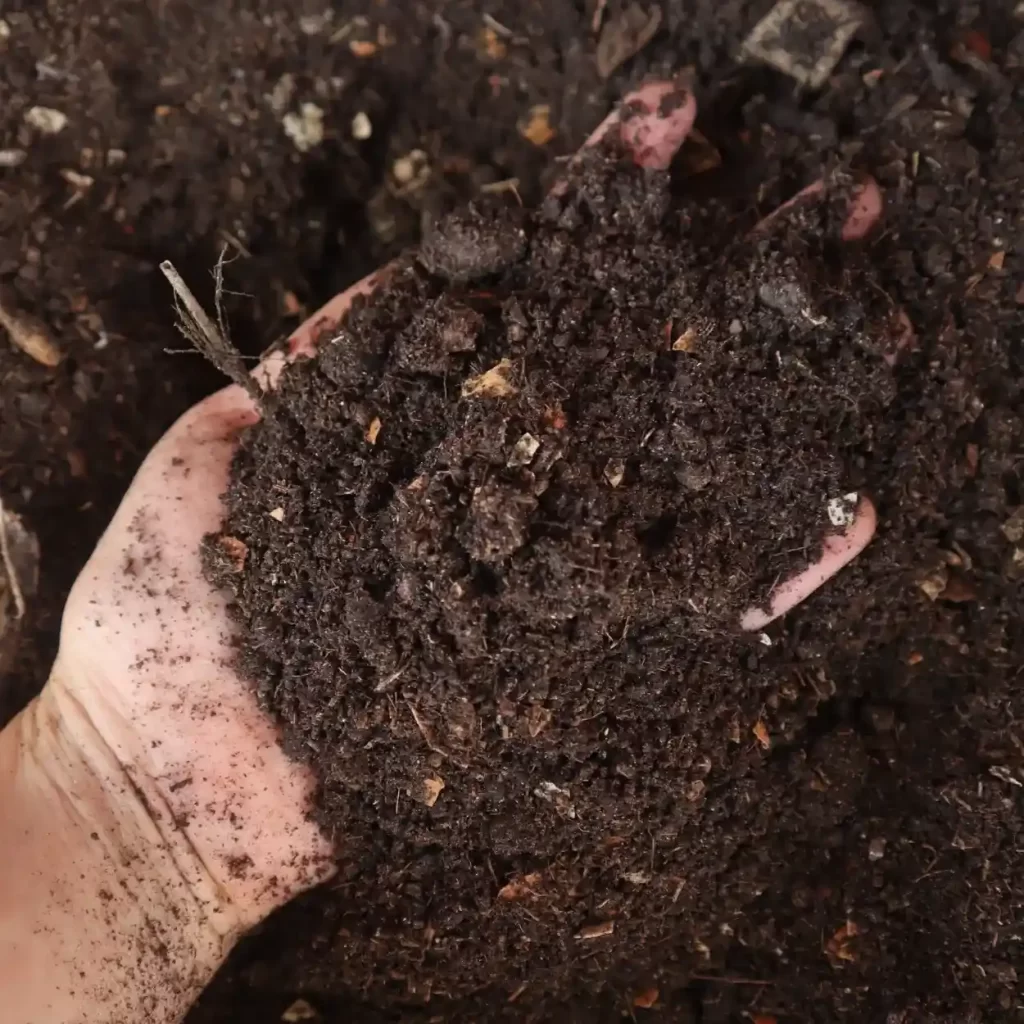
One of the most effective and eco-friendly uses for used coffee grounds is to include them in a compost pile. Composting is a natural process that breaks down organic matter into nutrient-rich soil. The grounds, which are rich in nitrogen, potassium, and magnesium, can significantly contribute to the nutrient profile of compost. Additionally, the slight acidity of used coffee grounds can help maintain the optimal pH balance for composting. Therefore, used grounds can turn from waste to a valuable resource for your garden or plants. (3)
Creative Uses for Coffee Grounds Around the House
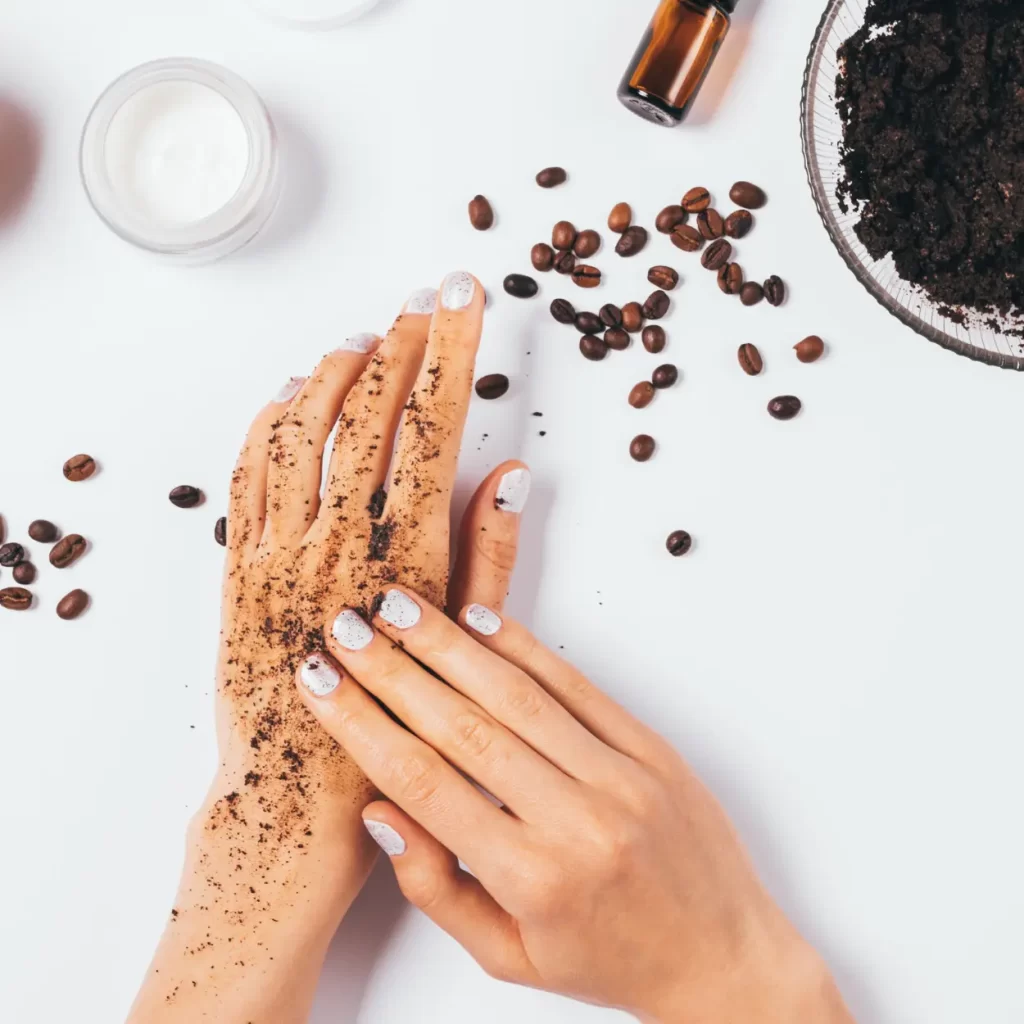
Coffee grounds have a wide range of uses beyond the garden as well. They can be used in DIY projects around the house. Here are a few suggestions:
- Natural Deodorizer: The porous nature of used grounds makes them excellent at absorbing odors. Place dried grounds in a small open container in the fridge or sprinkle them in the bottom of a new trash bag to neutralize odors.
- Abrasive Cleaner: Used grounds can be used as a gentle, non-toxic abrasive for cleaning cookware or scrubbing surfaces. However, be aware that they might stain certain materials.
- DIY Coffee Scrub: Coffee grounds can also play a role in your beauty routine. Combine leftover grounds with a bit of coconut oil for a natural, homemade exfoliating scrub. It’s not only cost-effective but also an environmentally-friendly alternative to commercial products that often contain plastic microbeads.
Risks and Remedies for Disposing Coffee Grounds in Drainage
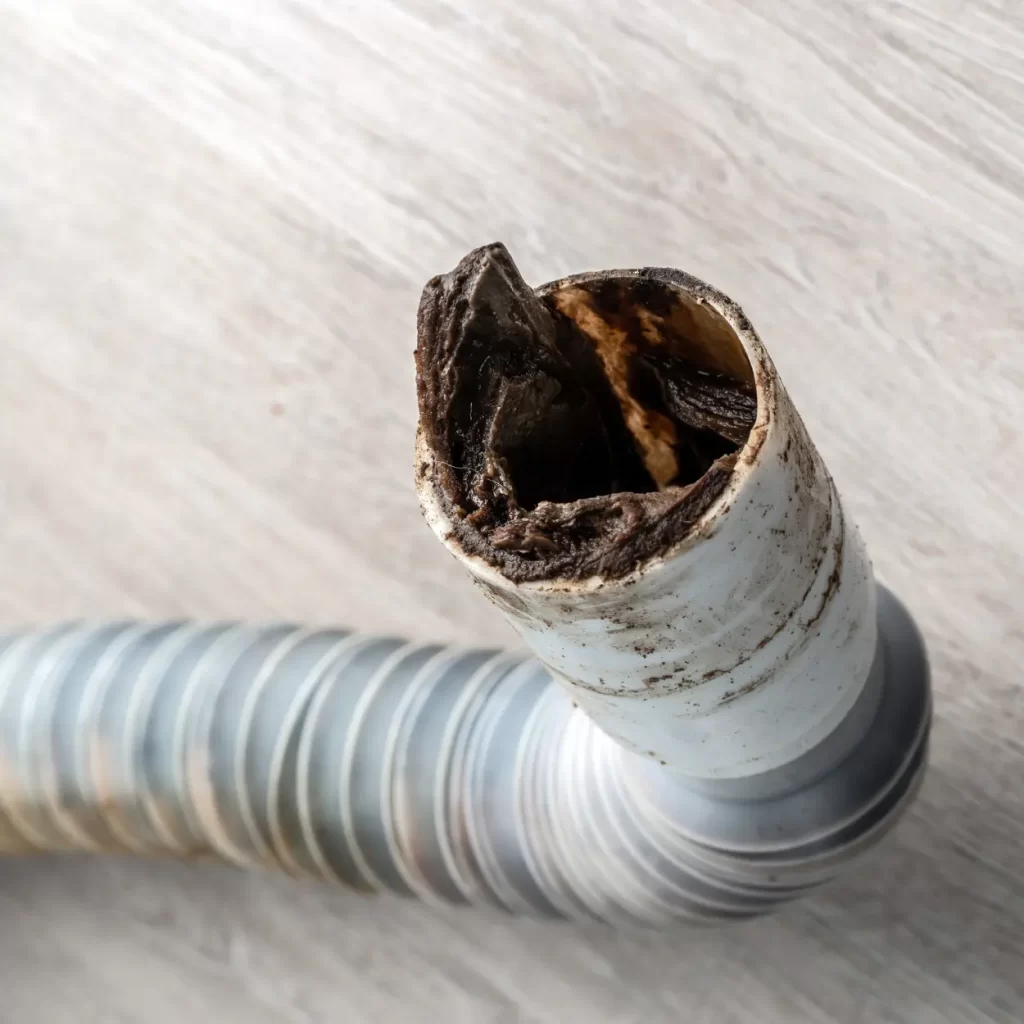
While it might be tempting to dispose of the grounds down the drain or garbage disposal, it’s important to understand the potential risks this can pose to your plumbing system. As previously discussed, coffee grounds, due to their composition and the inability of typical household substances to dissolve them, can accumulate in pipes and cause clogs over time.
If used coffee grounds have already been disposed of in the drain, practical solutions include using a plunger or drain snake to physically dislodge the grounds, or in severe cases, calling a plumber. Prevention, however, is the best approach. Using alternative disposal methods such as composting or creative repurposing around the house can help avoid potential plumbing issues and also offer various benefits.
Expert Insights on Dealing with Coffee Grounds
Understanding how coffee professionals and environmental experts deal with coffee grounds can offer unique perspectives and insights on managing this ubiquitous waste product. Here, we delve into barista techniques, environmental impacts, and future innovations that are shaping our approach to coffee ground disposal.
Baristas’ Tricks: Dealing with Coffee Grounds at the Coffee Shop
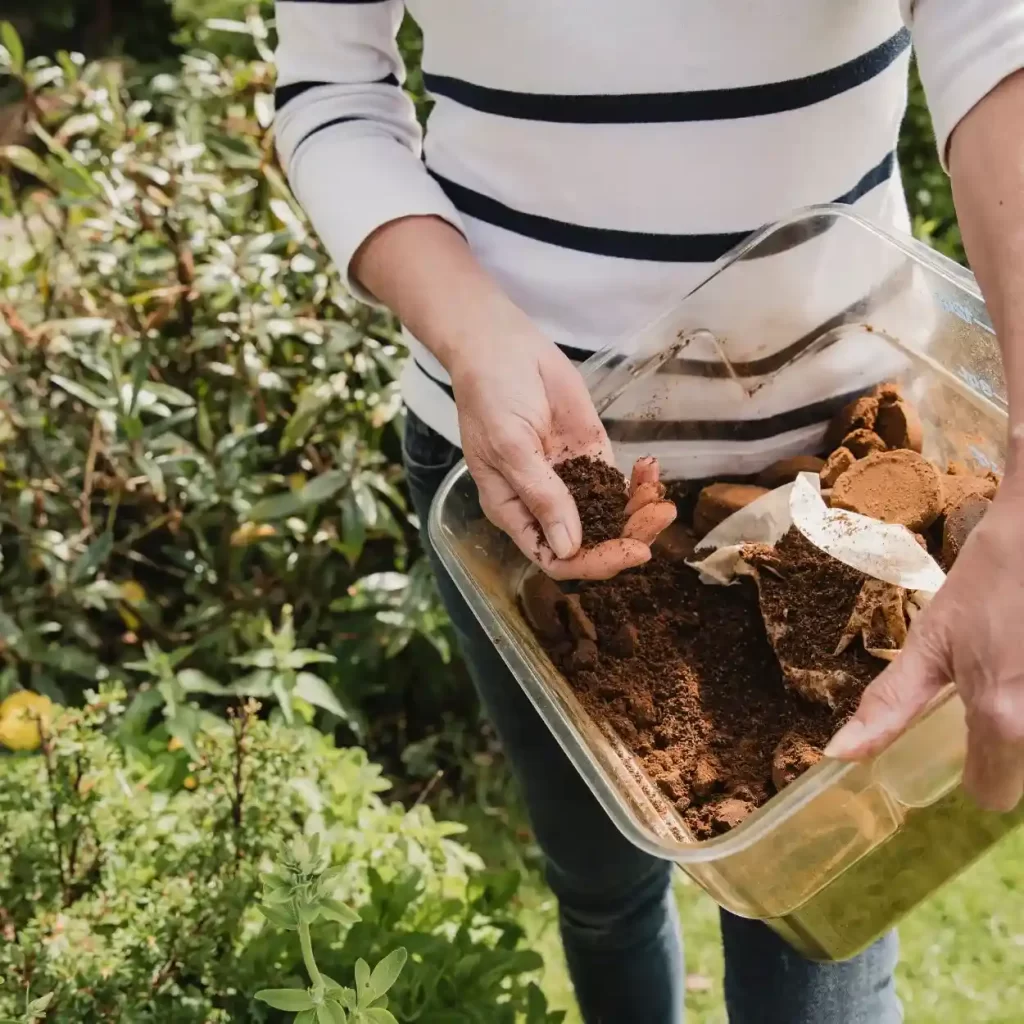
Professional baristas deal with significantly more coffee grounds than the average household. They follow a series of best practices to manage the disposal of used grounds effectively. These practices range from composting to repurposing grounds as soil additives and even donating or selling used grounds to customers and local gardeners. Some coffee shops have even collaborated with municipal composting programs to process their coffee waste, demonstrating the commercial viability of sustainable coffee ground disposal.
Environmental Impacts of Coffee Grounds: Expert Opinions
Environmental experts have warned about the potential impacts of coffee grounds on our ecosystems when not disposed of properly. When grounds are washed down the drain, they contribute to the solids that sewage treatment plants must remove. This adds to the burden of our already overstressed sewage systems. Additionally, grounds that make it into waterways can contribute to the pollution and eutrophication of aquatic environments. Therefore, experts advocate for composting and repurposing grounds wherever possible.
Innovations in Coffee Ground Disposal: The Future is Here
As awareness grows about the environmental impact of coffee waste, innovators are stepping up to create new solutions. Entrepreneurs are experimenting with ways to turn coffee grounds into sustainable products such as biofuels, textiles, and even edible mushrooms. Furthermore, researchers are studying the potential of used grounds as a source of cellulose for bioplastics and other renewable materials. Such innovations represent promising steps towards a circular economy where coffee waste could be fully utilized rather than discarded.
Expert insights underscore the importance of responsible coffee ground disposal and suggest a range of potential solutions. By incorporating these professional practices and staying abreast of the latest innovations, we can each contribute to more sustainable coffee consumption and waste management.
Conclusion
In this enlightening journey exploring what dissolves coffee grounds, we’ve navigated through the fascinating world of coffee grounds, their complex structure, interactions with household substances, and their stubborn resistance to dissolving in the drain. We’ve discovered that while dissolving the used grounds can be quite a challenge, there are numerous practical and innovative ways to deal with this common waste product.
Rather than focusing on how to dissolve coffee grounds in the drain, we’ve learned that the key to managing the grounds lies in understanding their nature and applying expert strategies. From the green solutions of composting to the innovative ideas of reusing grounds around the house, the challenge of coffee ground disposal offers an opportunity to be more eco-conscious and creative.
Equipped with insights from baristas, environmental experts, and an understanding of the latest innovations, we are now ready to tackle coffee ground disposal more effectively. Remember, every step we take, no matter how small, contributes to a larger effort toward responsible coffee consumption and waste management.
Thank you for joining us on this exploration of “What Dissolves Coffee Grounds? – Expert Tips and Surprising Solutions.” We hope this guide has not only answered your questions but also inspired you to see used grounds in a new light – not as waste, but as an opportunity for sustainable and practical use.
FAQ
Why don't coffee grounds dissolve easily in common household liquids?
Grounds are made of complex organic molecules that don't break down easily in common household liquids such as water, vinegar, or baking soda.
Can vinegar or baking soda dissolve used grounds?
Neither vinegar nor baking soda can dissolve coffee grounds. They may help in breaking down some minor clogs, but they cannot fully dissolve the grounds.
What are the environmental impacts of improper coffee ground disposal?
Improper disposal of used grounds can contribute to the blockage of sewage systems, pollution of waterways, and strain on waste management systems.
What are innovative ways to reuse or dispose of coffee grounds?
Innovative ways to reuse or dispose of used grounds include composting, as a soil amendment in gardening, in homemade beauty products, or as a source for biofuel and other renewable materials.
